Ciao e benvenuto a tutti! It is grind season here in State College, and that got me thinking of grinds (as in coffee). To some of us, there is nothing better than a warm cup of joe to help power through a long night of studying. If you are a coffee enthusiast, you have probably fallen victim of the lines at one of the university Starbucks. After a week of hard work and little sleep, I too found myself ordering a cup of the limited-run Apple Crisp Macchiato. As a coffee lover who does not normally go to Starbucks, this was an exciting experience for me… until I took the first sip. The macchiato was entirely too sweet, and I questioned if the liquid inside my cup was even coffee. Frustrated, I decided that I needed to inform others of better coffee. Why waste money at Starbucks when you can make it on your own? By the end of the blog, you’ll be a star and save a ton of bucks! So let’s take a trip to Italy and experience a quality brew!
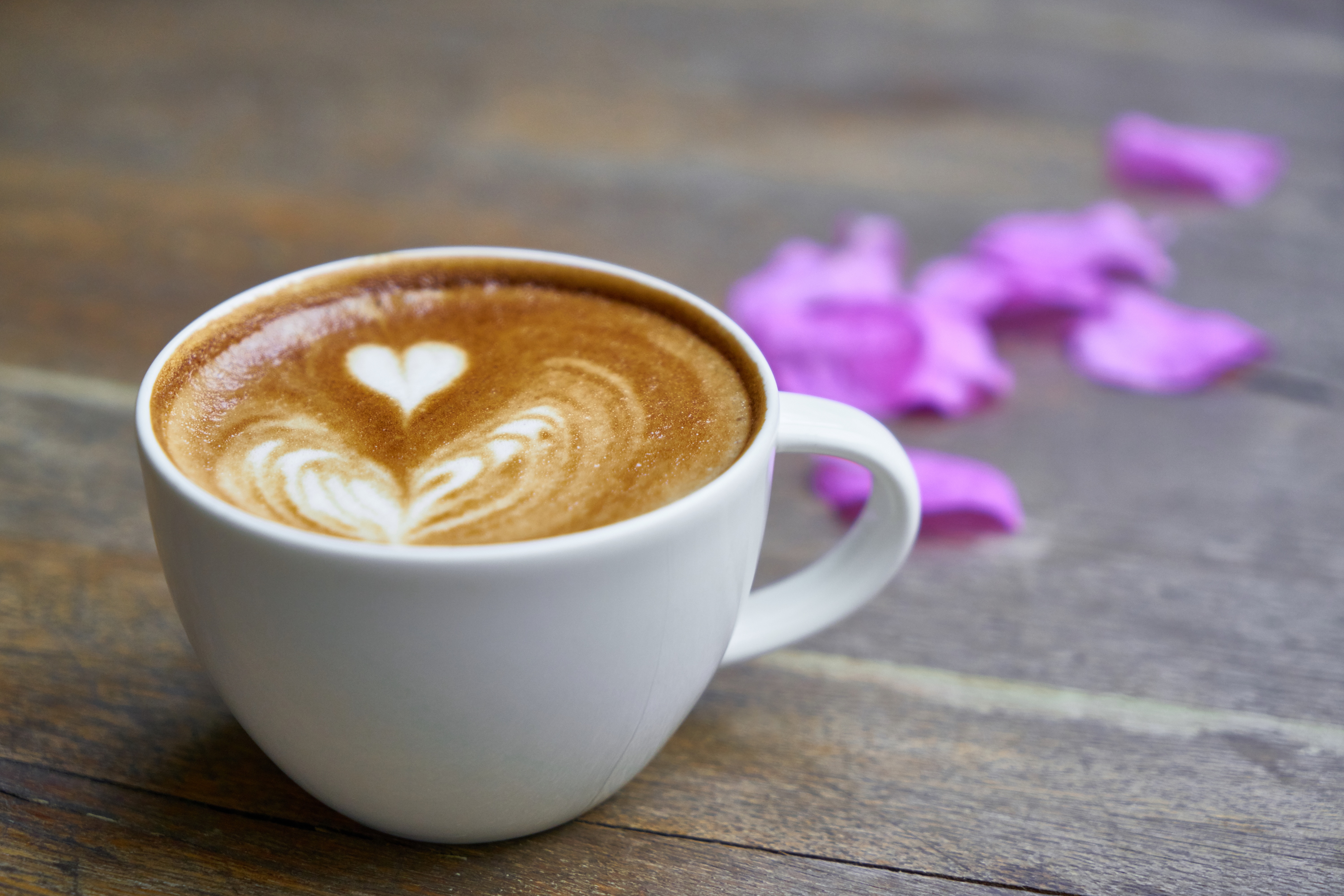
Of course, Italian coffee is not quite the same as American coffee. In Italy, venti and trenta mean twenty and thirty, not Starbucks sizes. In reality, the coffee comes in smaller cups than a tall. How could this be better than what we have in America? An Italian would respond to that by saying “Nella botte piccolo fa il vino buono,” which figuratively translates to “good things come in small packages.” The true forte of Italian coffee is its richness; despite coming in a shot glass-sized cup, espresso packs the same punch as an entire cup of brewed coffee. Because the flavor is much denser, espresso tastes more high-quality than your standard cup of coffee. And that’s just one of the perks of Italian coffee (that joke could have bean better)! Brewing espresso is also an awesome experience. Traditionally, Italians make espresso in a moka, a small pot with an iconic shape. Mokas consist of three parts: a bottom container, espresso tray, and top pot. To make coffee, you pour water into the bottom container. Then, that rises through the espresso tray (which is filled with coffee grounds) when the water boils. And finally, the hot espresso trickles into the top pot. If you do not have the patience for a moka, there are even professional machines that simply require you to place the coffee in a tray. The final product varies between these two methods, but both create an authentic flavor.
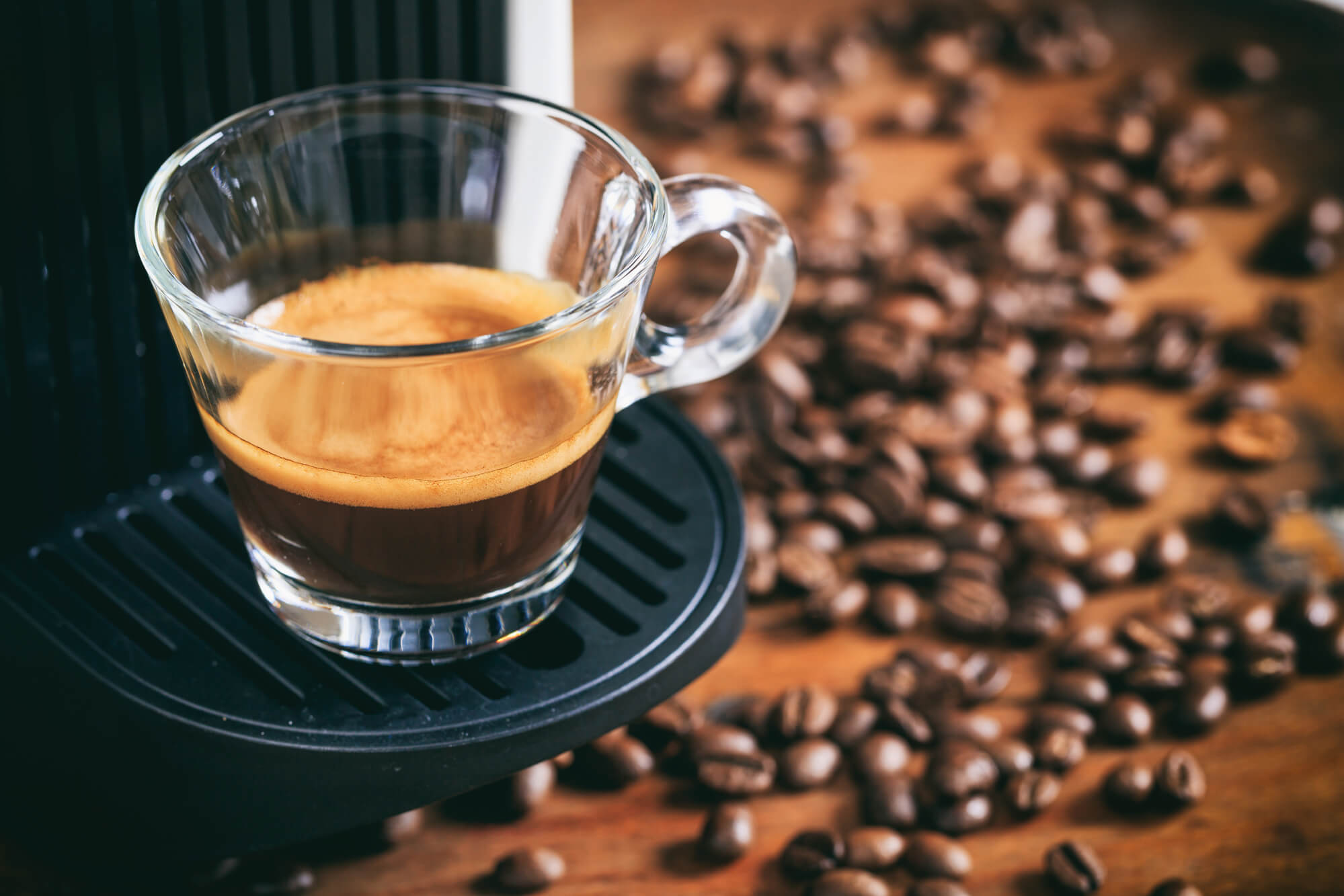
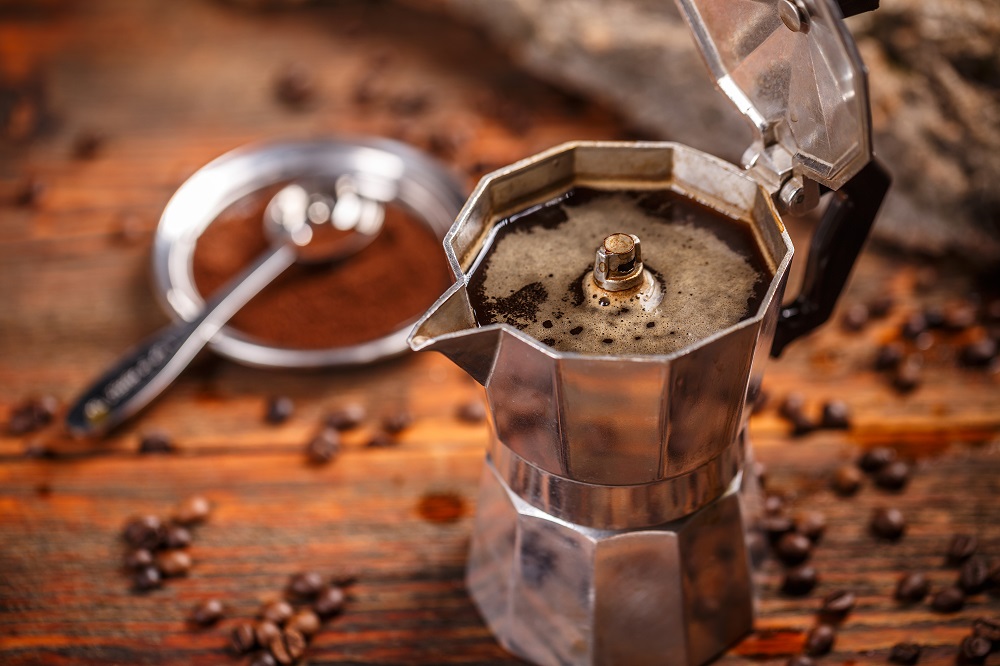
This sounds great, but what if you dislike the strong, bitter taste of espresso? Fear not, because you have a latte of options when it comes to sweetening your coffee (and latte is not one of them). The most iconic is a cappuccino, which adds milk and milk foam to a standard espresso. The coffee absorbs some of the sweeter taste of the milk, and it creates a delightful balance between sweet and bitter. The problem is, Italians do not tend to serve cappuccinos after 11 A.M. No need to worry, though, because you can also choose from options like the macchiato and caffèlatte (which feature less and more milk than a cappuccino, respectively). Of course, adding sugar is always an option, but some Italians strongly believe against using sugar to sweeten their espresso. Really, it comes down to whatever floats your gondola. This is all I have time for today, but if you are still curious, I have a link below that will show you some more variations of espresso that are worth trying. Arrivederci e buon caffè!
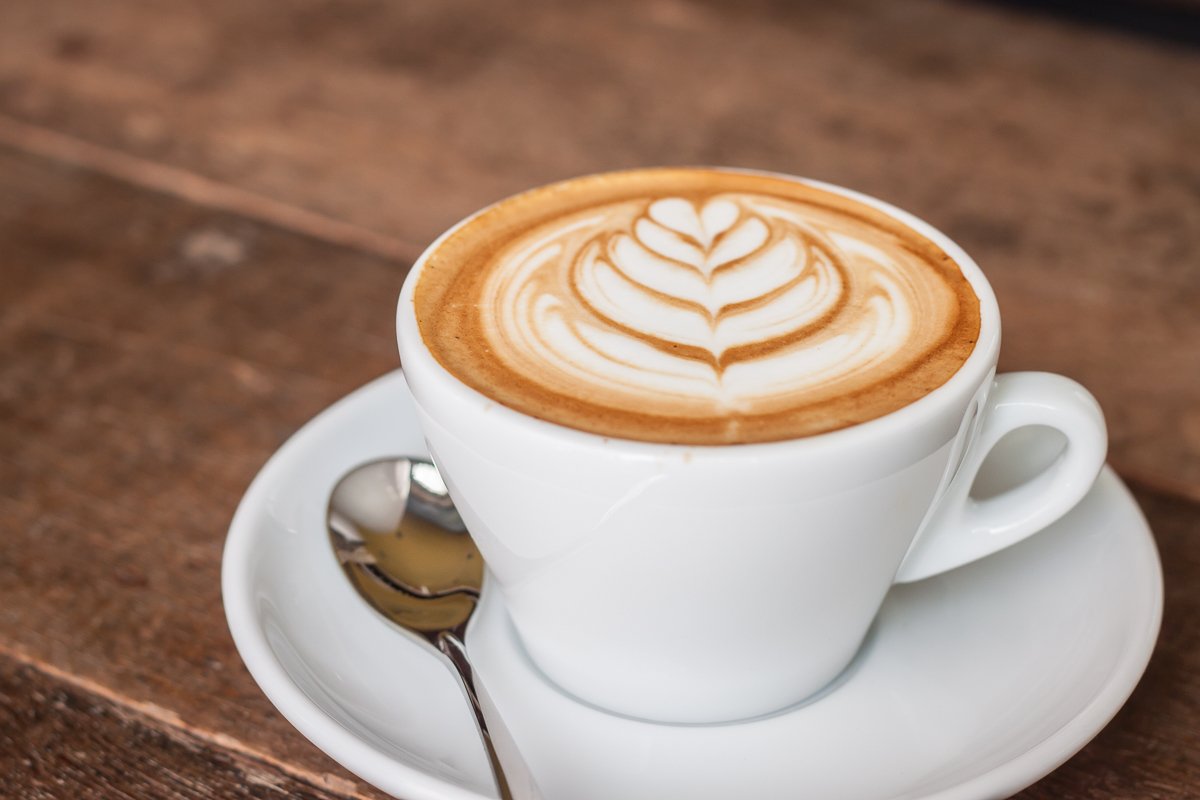
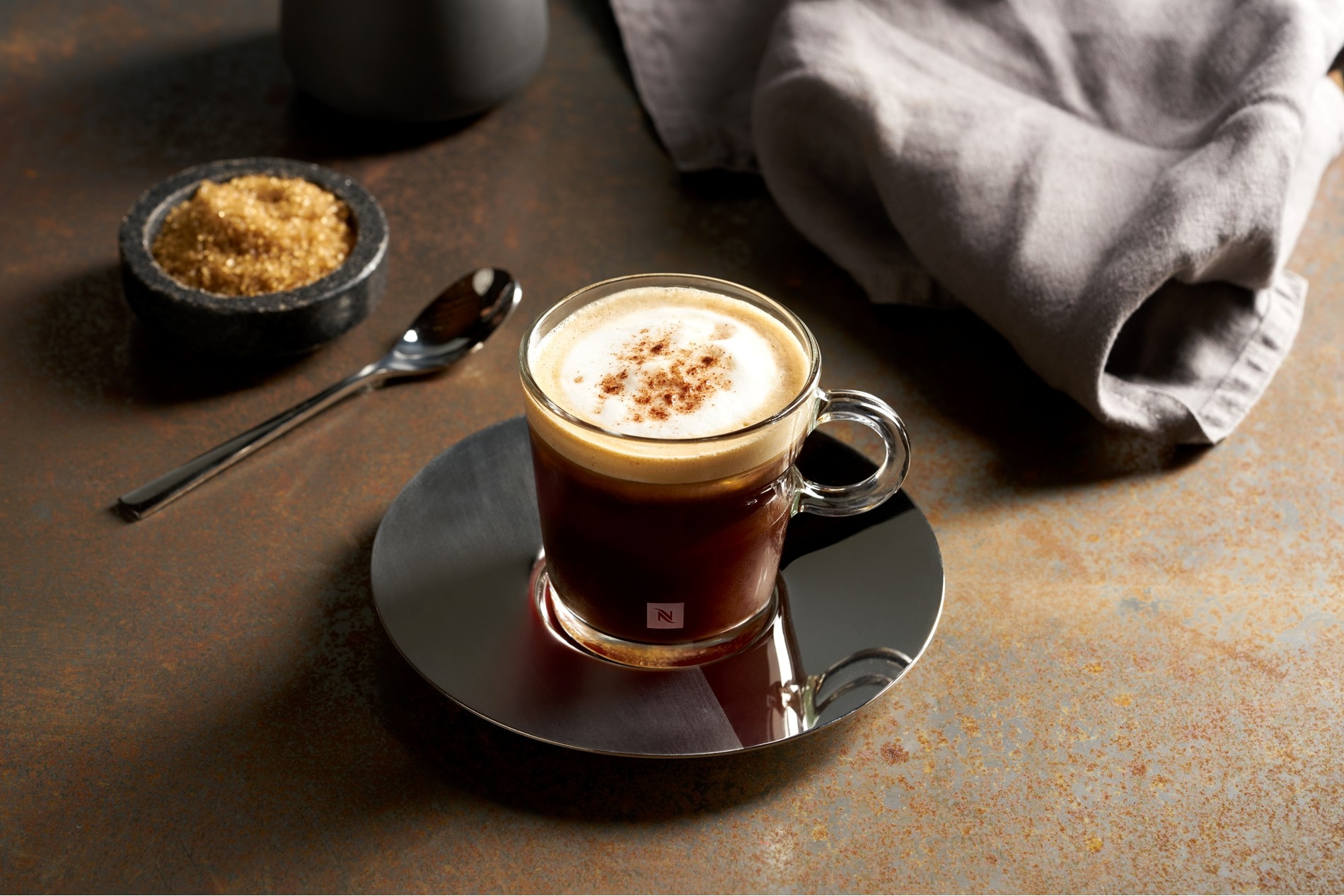


To start off I really enjoyed the flow of this blog, you first started with a personal experience, then followed with the cultural aspect of coffee. I related to this post a lot since I am a barista at Starbucks. I knew exactly what you were talking about when you mentioned the apple crisp macchiato. Since working I have found that far fewer people ordered the brewed–much cheaper– coffee compared to the sugar-filled lattes made with syrups. I enjoyed learning about the way Italians make their coffee since there are so many different ways too. This leads me to make the question– How do you make and prepare your coffee?
Great question! Personally, I have a Nespresso at home that uses pods to make the coffee, but sometimes we whip out the moka. Usually, I just make espresso because it is quick and strong, but sometimes I’ll attempt a caffelatte. Nonetheless, the coffee I have is not nearly as good as the stuff in Italy.